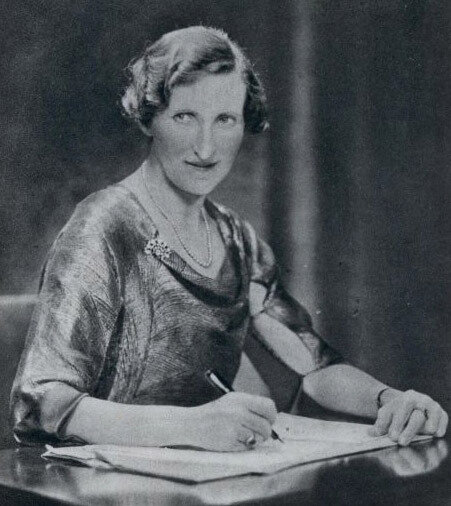Background
We seek to make Scottish women writers’ work visible and accessible.
why have scottish women writers been forgotten?
There are several reasons for nineteenth-century Scottish women writers’ invisibility. First, the material conditions of publication impacted the survival of their writings and reputations. Some of the earliest — Susan Ferrier, Mary Brunton, and Christian Isobel Johnstone, for instance — issued their novels anonymously, omitting their names from the title page. Working-class poets like Christian Milne and Janet Little published their work by subscription, meaning that a limited number of copies were printed. Those working later in the nineteenth century, such as Annie S. Swan, Isabella Fyvie Mayo, and Mary and Agnes Falconer tended to publish primarily in magazines and newspapers, which haven’t withstood wear and tear over time.
Second, Scottish women writers may have contributed to their own erasure from literary history by modestly downplaying the lasting aesthetic value of their works. They were not given to self-promotion. In fact, they tended to compare writing to other domestic skills—for instance, flower-arranging, baking, or embroidery—all of which produced decorative or disposable commodities, items valued for the momentary pleasure they bring rather than for their usefulness or their enduring beauty.
Finally, writers of the early twentieth-century Scottish Renaissance including Hugh MacDiarmid, Lewis Grassic Gibbon, and Neil Gunn played a hugely important role in consigning nineteenth-century Scottish women writers to the dustbin of literary history. The Scottish Renaissance, a male-dominated and self-consciously nationalistic literary and artistic movement, sought to demonstrate the significance of Scottish literature in a global context, as the peer of other Anglophone and European literatures. Scotswomen’s fiction and poetry was deemed lacking in aesthetic complexity and political import. In short, it did not portray the ‘right’ kind of Scottishness.
Literary scholars took their cue from the Scottish Renaissance for decades, dismissing nineteenth-century Scottish women’s writing often without reading it. Only in the 1990s did the pathbreaking scholars including Dorothy McMillan, Douglas Gifford, Margery Palmer McCulloch, Carol Anderson, and Glenda Norquay began to give this body of literature the attention it deserves.
